


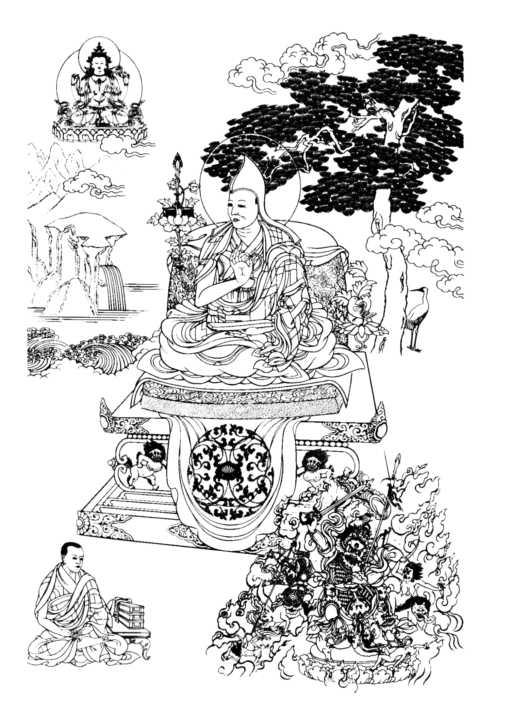



Glenn H. Mullin
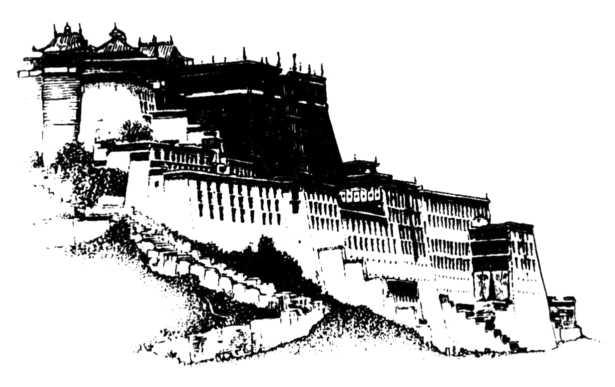


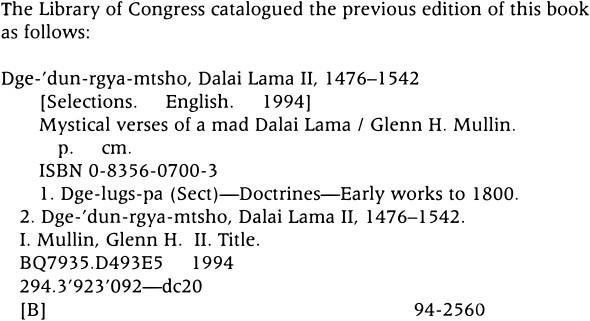

ix
xiii
PART ONE: INTRODUCTION
PART Two: LIFE OF THE SECOND DALAI LAMA
PART THREE: MYSTICAL VERSES OF THE SECOND DALAI LAMA: TRANSLATION AND COMMENTARY

 would like to begin by thanking His Holiness the present Dalai Lama, who loaned his personal copy of the Tibetan manuscript of this text for me to photocopy and translate. His kindness in giving his blessings to the project, as well as in providing the Foreword, was a great boon and honor. Since winning the Nobel Peace Prize in 1989, His Holiness has had increasing demands placed upon his time and energies; yet somehow he finds reserves to fulfill the needs of us all. Thus he continues to live up to the name by which Tibetans popularly know him, Yezhin Norbu, "the Wish-Fulfilling Jewel."
would like to begin by thanking His Holiness the present Dalai Lama, who loaned his personal copy of the Tibetan manuscript of this text for me to photocopy and translate. His kindness in giving his blessings to the project, as well as in providing the Foreword, was a great boon and honor. Since winning the Nobel Peace Prize in 1989, His Holiness has had increasing demands placed upon his time and energies; yet somehow he finds reserves to fulfill the needs of us all. Thus he continues to live up to the name by which Tibetans popularly know him, Yezhin Norbu, "the Wish-Fulfilling Jewel."
Next I would like to thank Gyatso Tsering, Director of the Library of Tibetan Works and Archives in Dharamsala, India, where the actual research and translation took place. Over the twenty years that I have been associated with the Library, first as a student and then as a research scholar, Gyatso-la has always encouraged and supported me in every way, both as a mentor and as a friend. Somehow the hundreds of Westerners who come to him every year with requests never seem to tax hint but rather to instill him with a renewed energy and enthusiasm.
Finally, my special affections go to the three Tibetan lamas with whom I read the Second Dalai Lama's poems and who guided my understanding of them: Ven. Geshey Chomdzey Tashi Wangyal, Ven. Amchok Tulku, and Ven. Doboom Tulku. These three lamas are indeed perfect embodiments of the Buddhist Mahayana ideal, active within the world yet unstained by it. Their wisdom, patience, and humor will always remain as shining examples to me.
My treatment of this material is presented in three parts. In the first of these I provide a general background to the subjects of Tibet, the tradition of Dalai Lama incarnations, and the central concepts of Indo-Tibetan Buddhist thought. My aim is to facilitate an appreciation of the context of the Second Dalai Lama's songs and poems and a sensitivity to the language and structures that he uses.
In Part Two I present a biographical account of the Second Dalai Lama and attempt to project a sense of what Tibet was like for a lama of the late fifteenth and early sixteenth centuries. My purpose here is to create a portrait of the author as a man, Buddhist monk, and teacher, and of the world in which he lived and wrote.
Finally in Part Three are my translations of and commentary to the songs and poems that comprise his namgur (mystical verse works) collection. The commentary to each is in the form of a Translator's Preamble and introduces the reader to the content, context, and character of the individual entry.
Throughout the text I have transcribed the names of Tibetan people and places by informal phonetic transcription, much as they sound to my own ear and as I feel they will be most easily read by the nonspecialist. Tibetan spelling abounds in prefix, suffix, superscript, and subscript letters, most of which are silent but affect in subtle ways the pronunciation of the root letter of a syllable. For example, the Second Dalai Lama's name, Gendun Gyatso Palzangpo, is actually spelled dGe- 'dun-brgya-mtsho-dpal-bzang-po. To accommodate the specialist, I have affixed a Glossary with the formal spellings at the end of the book.
It has been an absolute delight for me to work on this volume. If it brings even a fraction of the reading pleasure to my audience, then the effort will have been worthwhile.
Glenn H. Mullin
Snow Lion Guest House
Chettrapati, Kathmandu
Nepal, Dee. 14, 1992
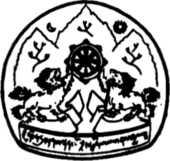


 or me the Second Dalai Lama was the greatest of all the early Dalai Lamas. He possessed exceptional qualities and during his life became both a great Buddhist scholar and an accomplished practitioner. He himself admitted that he had achieved a profound realization of shunyata, or emptiness, the ultimate level of reality, as a result of meeting his guru Khedrup Norzang Gyatso.
or me the Second Dalai Lama was the greatest of all the early Dalai Lamas. He possessed exceptional qualities and during his life became both a great Buddhist scholar and an accomplished practitioner. He himself admitted that he had achieved a profound realization of shunyata, or emptiness, the ultimate level of reality, as a result of meeting his guru Khedrup Norzang Gyatso.
The Second Dalai Lama typically signed most of his writings Trangnyon Gendun Gyatso, or "The Mad Beggar Gendun Gyatso." Sometimes he also used the name Yang chen Sheypai Dorje, "Melodious Laughing Vajra," and sometimes Namkhai Naljorpa, "The Yogi of Space."
He was ordained Gendun Gyatso. When he calls himself "Mad Beggar," he is referring not to his having no possessions, but to his not being attached to anything. When you have no attachment, like the beggar with no possessions, you are freed of all worldly concerns. This is an important theme in tantric teachings according to which a practitioner uses sensual objects without becoming attached to them.
The implication of "Mad" here is that when a person gains experience of emptiness, the ultimate mode of existence of all phenomena, his perception is as different from that of ordinary people as a madman's. Due to his or her realization of emptiness, a practitioner completely transcends the conventional way of viewing the world.
The name Yangchen Sheypai Dorje, "Melodious Laughing Vajra," refers to his sense of himself as a poet. He often refers to himself as "the Great Poet of the Land of Snows" or "the Great Himalayan Poet." The name Yang-chen, or Sarasvati in Sanskrit, is associated with music, song, and poetry. The third name that he liked to use, Nam-khai Nal-jor-pa, "the Yogi of Space," was used in those works that focus on emptiness.
Next page

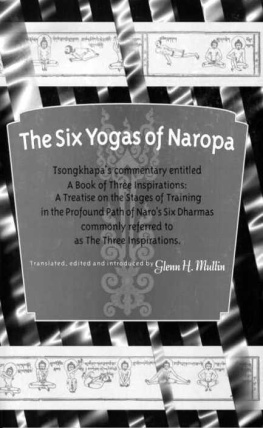
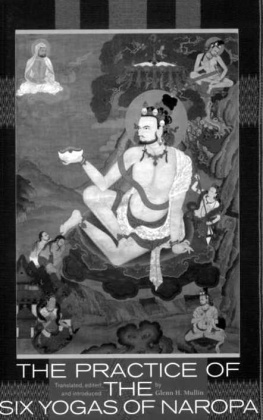

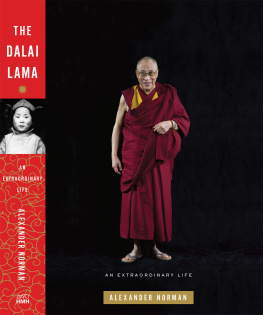

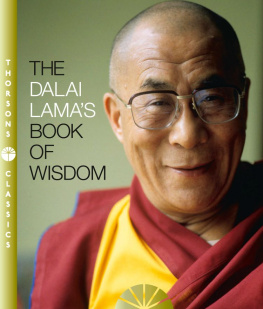
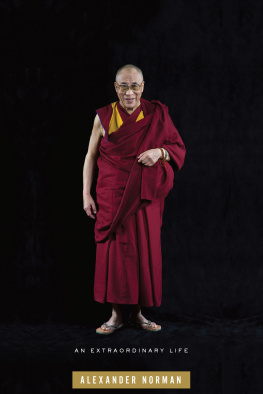
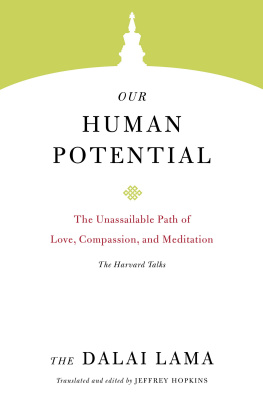
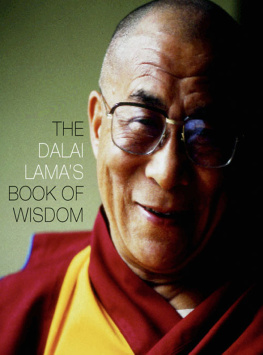













 would like to begin by thanking His Holiness the present Dalai Lama, who loaned his personal copy of the Tibetan manuscript of this text for me to photocopy and translate. His kindness in giving his blessings to the project, as well as in providing the Foreword, was a great boon and honor. Since winning the Nobel Peace Prize in 1989, His Holiness has had increasing demands placed upon his time and energies; yet somehow he finds reserves to fulfill the needs of us all. Thus he continues to live up to the name by which Tibetans popularly know him, Yezhin Norbu, "the Wish-Fulfilling Jewel."
would like to begin by thanking His Holiness the present Dalai Lama, who loaned his personal copy of the Tibetan manuscript of this text for me to photocopy and translate. His kindness in giving his blessings to the project, as well as in providing the Foreword, was a great boon and honor. Since winning the Nobel Peace Prize in 1989, His Holiness has had increasing demands placed upon his time and energies; yet somehow he finds reserves to fulfill the needs of us all. Thus he continues to live up to the name by which Tibetans popularly know him, Yezhin Norbu, "the Wish-Fulfilling Jewel."


 or me the Second Dalai Lama was the greatest of all the early Dalai Lamas. He possessed exceptional qualities and during his life became both a great Buddhist scholar and an accomplished practitioner. He himself admitted that he had achieved a profound realization of shunyata, or emptiness, the ultimate level of reality, as a result of meeting his guru Khedrup Norzang Gyatso.
or me the Second Dalai Lama was the greatest of all the early Dalai Lamas. He possessed exceptional qualities and during his life became both a great Buddhist scholar and an accomplished practitioner. He himself admitted that he had achieved a profound realization of shunyata, or emptiness, the ultimate level of reality, as a result of meeting his guru Khedrup Norzang Gyatso.